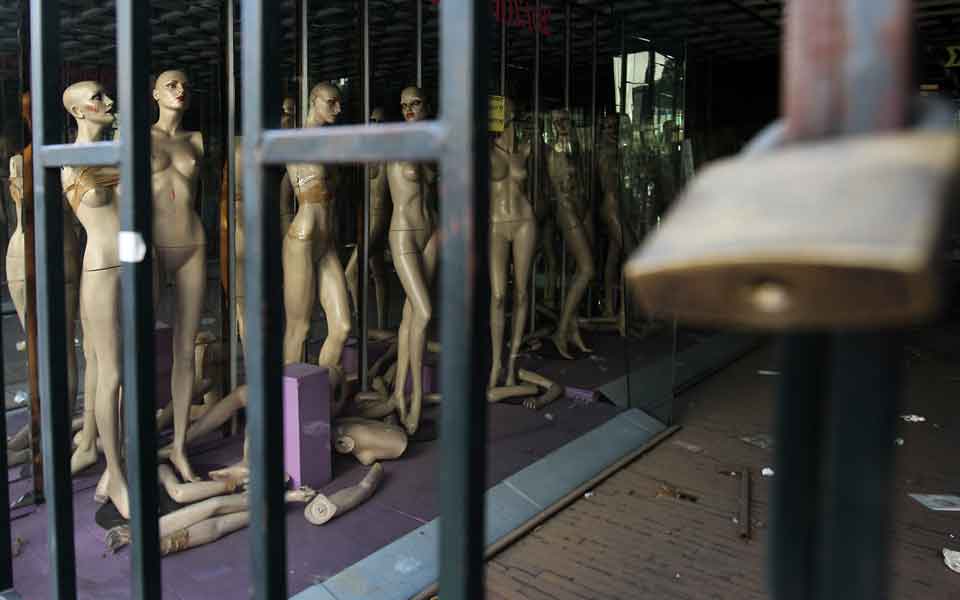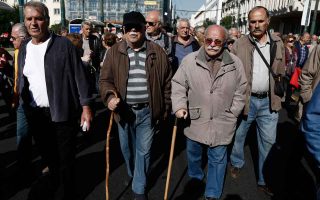Economy continues to rely on troubled private consumption

The problematic slide in private consumption, on which Greece’s economy continues to rely, is not only unsustainable but also poses a serious threat to the economy. Instead of Greece increasing its export and production activity and attracting investment, the contribution of constantly shrinking consumption toward gross domestic product is growing as a percentage, in a vicious cycle. This conclusion stems from recent studies conducted by PricewaterhouseCoopers, by NAI Hellas and by Hellenic Federation of Enterprises (SEV).
Investments as a ratio of gross domestic product drifted from the European average from 2009 to 2016, creating, according to PwC, a growing investment gap of 540 billion euros. At the same time the retail sales index fell 29.7 percent according to Hellenic Statistical Authority data processed by NAI Hellas researchers. Even with that drop, which in some retail sectors is greater, consumption as a percentage of total economic activity has expanded.
While private consumption shrank from 161.8 billion euros in 2009 to 124 billion last year, it grew as a percentage of GDP from 68 percent in 2009 to 71 percent in 2016, data from SEV’s macroeconomic analysis department show.
That development is attributed to the absence of any other growth engines in the Greek economy and to the fact that “the negative savings rate has protected private consumption from the GDP decline,” as the SEV economists explain.
The figures for savings and disposable incomes, as well as the long-term performance of retail sales indices, do not allow for any optimism that consumption might continue to support the Greek GDP, even in the short term. In the 2009-16 period food retailing declined a whopping 21.6 percent, reflecting the extent of the crisis in this fundamental sector. At the same time supermarkets reported a 19.7 percent drop in sales; sales of furniture, electrical and electronic goods and homeware posted the biggest decline (55 percent), followed by apparel (down 39.3 percent).
In 2016 the average disposable income dropped 1.3 percent while private consumption rose 1.4 percent, driving the average savings rate of households to a historic low of -9.4 percent. “This means that for every 100 euros spent there is a disposable income of 91.4 euros recorded, so the other 8.6 euros obviously come from undeclared resources,” the SEV economists note.





